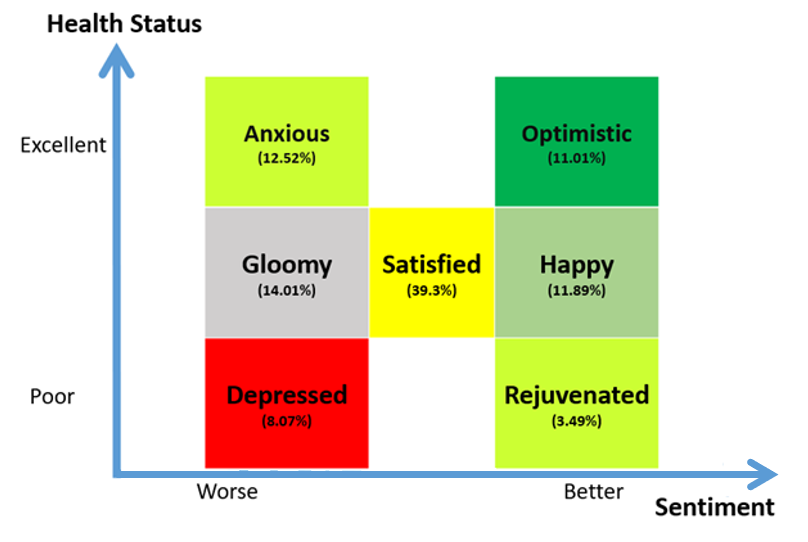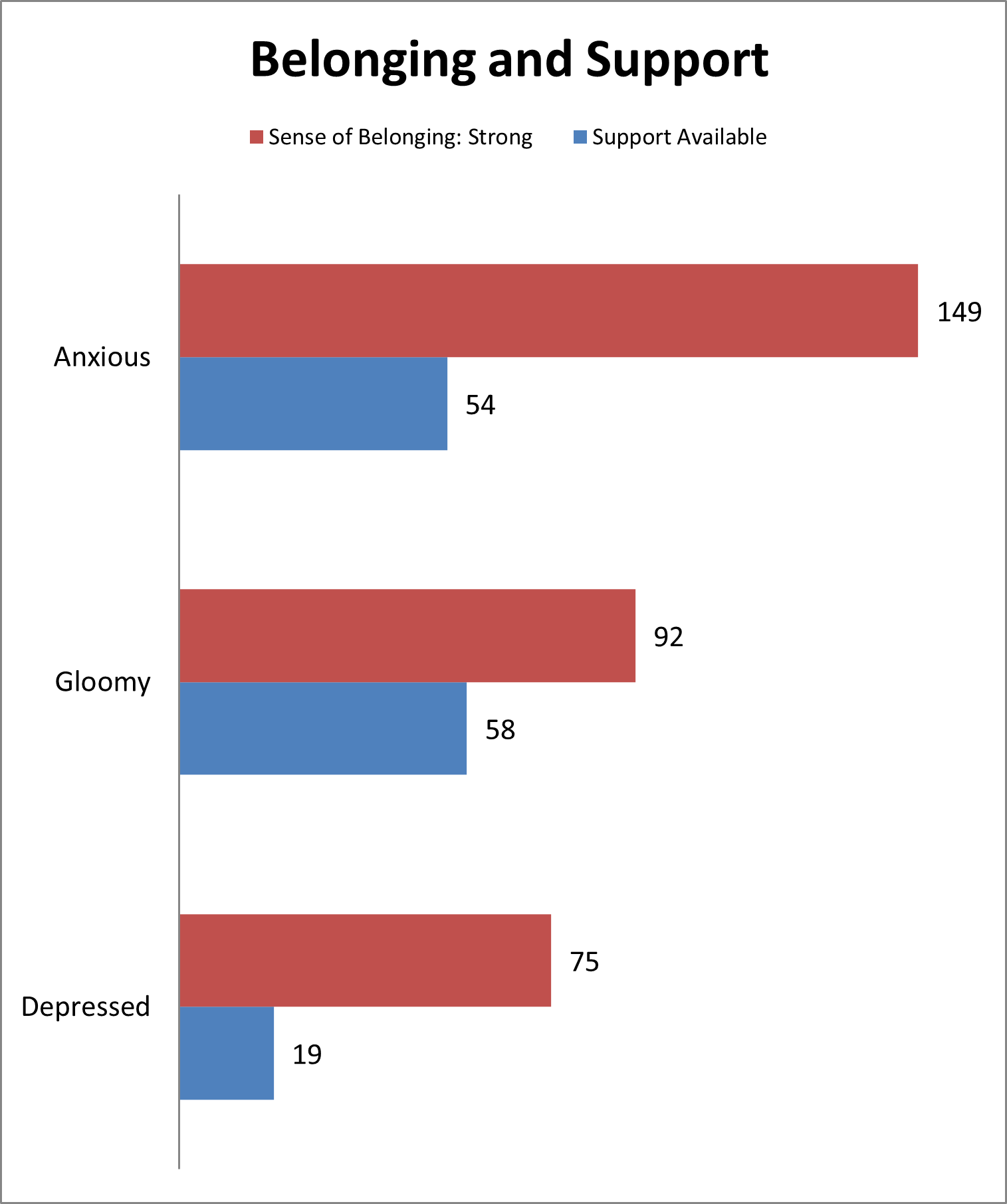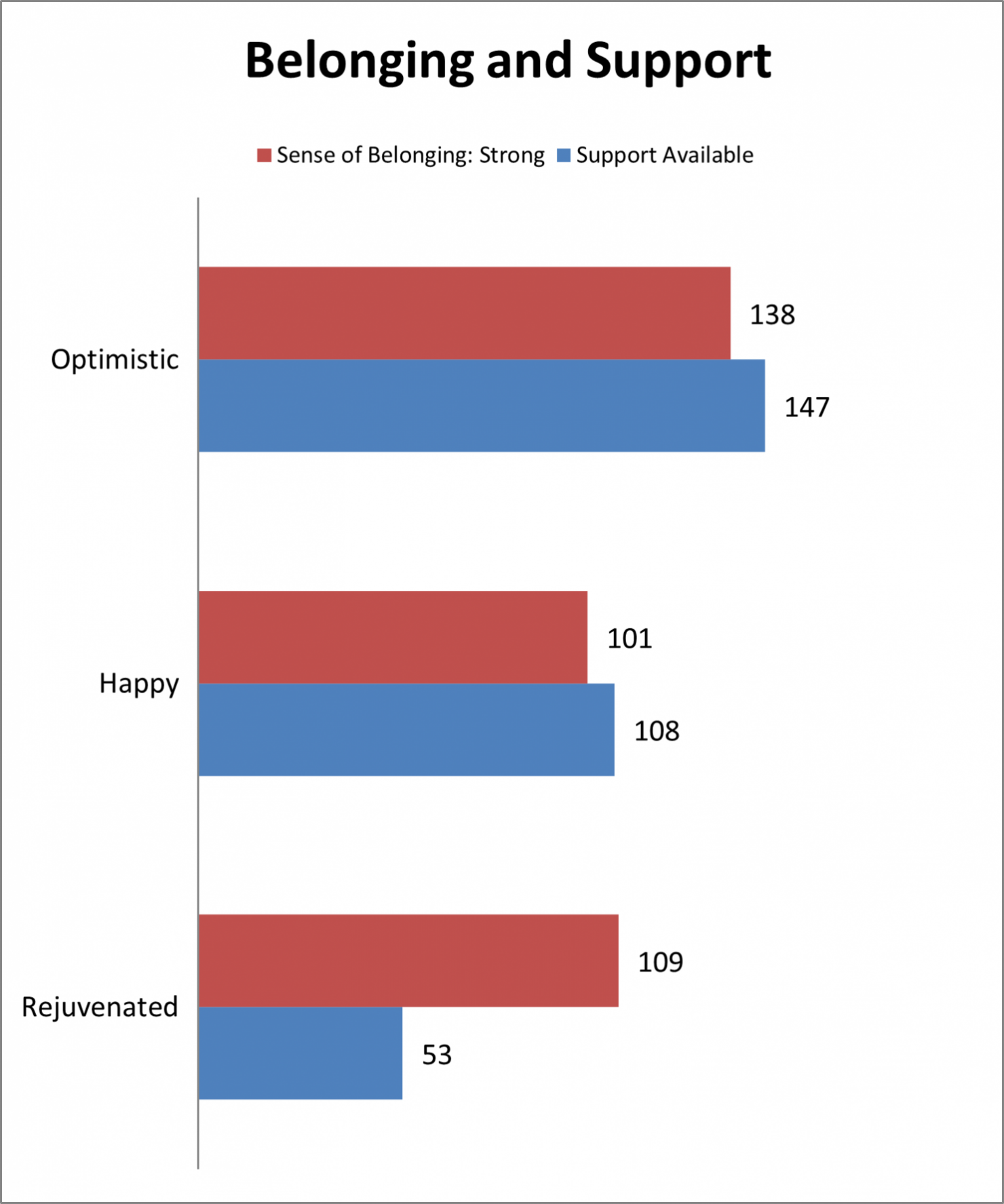Part 1 of 3 – Social Determinants of Health
Chronic diseases pose a huge challenge for the Canadian health care system. According to the 2011/12 Canadian Community Health Survey (CCHS), over eleven million Canadians have one or more chronic conditions (heart diseases, diabetes, asthma, arthritis, cancer, depression, etc.). To put this in perspective, three out of every five Canadians over the age of 20 have one or more chronic conditions, and four out of every five are at risk. Based on a 2015 WHO study, chronic diseases represent 67% of total Canadian health-care costs and have now emerged as a major public health problem that threatens not only population health but also our social and economic welfare. The economic and social impacts are staggering, and the strategic imperative to better understand and manage chronic conditions is compelling.
The following map illustrates the concentration of diabetes in the Greater Toronto Area.

A common misconception about chronic conditions is that the affected person cannot live a life of comfort, personal meaning, and satisfaction. With the assumption that the trajectory for those with chronic disease is a life of misery. However, according to WHO studies from 2005 and 2009, 80% of cases of heart diseases and Type 2 diabetes are both preventable and/or manageable. One is not destined to endless suffering. One critical question is “why do some people thrive in managing chronic conditions while others only survive?”. To gain insights into this disparity, we mined data from a large-scale population survey, the Canadian Community Health Survey 2011/2012 (sample size=124,929), for patterns among diabetes and heart disease patients.
We were particularly interested in the most influential and modifiable behavioural health risk factors:
- Social support and community engagement.
- Socioeconomic status.
- Life satisfaction, mental health, coping skills, stress, and anxiety.
- Health adherence behaviour.
- Access to health care system.
- Health attitudes, illness perceptions and well-being motivation; and
- Lifestyle habits (e.g., diet, smoking, alcohol, and physical activity).
These social and behavioural factors are determinants of health and can often be controlled and/or modified by the patients when viewed as a dynamic ecosystem. Health factors, on the other hand, such as age, cannot be changed. To identify the driving factors that influence the successful management of chronic health conditions, we grouped patients with chronic conditions into seven health well-being clusters based on their current health status and sentiment compared to a year ago.

To illustrate the significant characteristics of people in these health clusters and the differences between them, we used a gradient chart of key health indicators. We considered people in the “Satisfied” cluster as the reference group. We then determined the percentage in each cluster by calculating the frequency of each health risk factor. The percentage value in the “Satisfied” cluster was used as the base value. The percentage value in each cluster was then divided by the base value and multiplied by 100.
As it turns out, the health risk factor “Social Support, Community Engagement” exerts a powerful influence on health and well-being! In terms of the predictive spread of obesity, cardiovascular disease, and diabetes, Christakis and Fowler (2007) demonstrated that social networks are more influential than age, income, and geography, suggesting that social interaction is key to spreading good health. With the conclusion that people and health are inextricably linked.
The following gradient chart shows that patients in the health cluster “Depressed” have a very low level of social support and sense of belonging, which has been linked to a worse health outcome a year later. People in the health cluster “Optimistic”, on the other hand, have a very high level of social support and a sense of belonging, which resulted in a better health outcome a year later.
Want to learn more about key determinants of health? Please do not hesitate to reach out to us at this link!
This is only post 1 of 3 in a series of blog posts related to determinants of health. Stay tuned for the next post!


